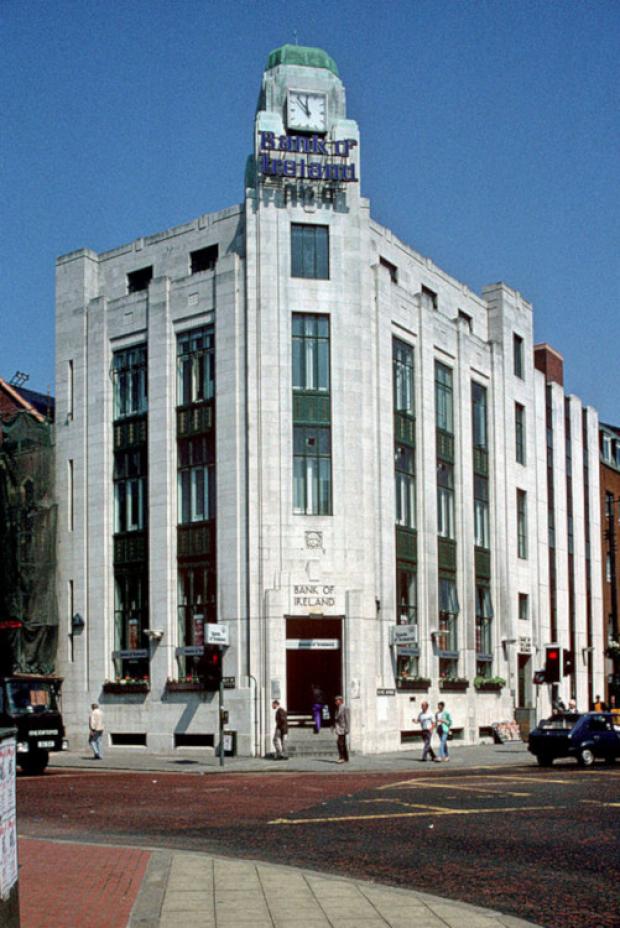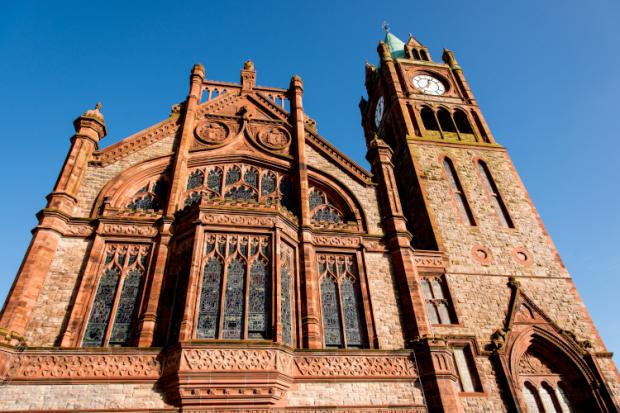Listed Buildings are those designated through listing as being of ‘special architectural or historic interest’ under Section 80 of the Planning Act (NI) 2011.

The List of Buildings is a register recording all types of structures, ranging from grand houses and cathedrals to warehouses and small buildings. Statutory listing of buildings began in Northern Ireland in 1974 and the ‘First Survey’ of listed buildings took over 20 years to complete.
Listing covers the complete interior and exterior of the building and can also extend to fixtures and free standing objects within its curtilage.
Buildings included in the statutory list are divided into different grades: A, B+, B, B1 and B2. However, the statutory controls apply equally to all listed buildings, irrespective of grade.
Further information on these matters and the Department’s criteria for the selection of listed buildings (including curtilage) are set out in:
Owners of Listed Buildings
The Department has published a book for owners of listed buildings which describes and gives advice on the practical issues shared by owners of listed buildings – individuals and groups who play a vital part in managing our collective history.
The ‘List of Buildings’
More information on all listed buildings can be found in the NI Buildings Database. You can also use the Historic Environment Map Viewer and our GIS layers can be obtained through the Open data NI portal.
The most recent changes to the List are maintained and published in the Department’s document,
The most recent listings are also shown on this map.
A full copy of the list is also held in local libraries and in the Historic Environment Register of Northern Ireland (HERoNI).
Further Information
- Information Guide for the 2nd Survey of Historic Buildings: Listed Historic Buildings of Northern Ireland
- Section 80 of the Planning Act (NI) 2011
How are Buildings Listed?
Various types of surveys are used for the purposes of identifying and determining whether a building should be listed or occasioanlly de-listed. The area-based ‘Second Survey’, Thematic surveys and ad-hoc surveys are all used by the Department’s Historic Environment Division to undertake this work.
Further Information
Further information on nominating a building for listing or de-listing is available on the page;
The Listing Process
Details of how the Department lists buildings in accordance with the Planning (NI) Act 2011 can be viewed in the document;
Repair and Maintenance of Listed Buildings
Information on the repair and maintenance of listed and historic buildings is available.
Changes to Listed Buildings

HED are a statutory consultee to Local Councils when determining Listed Building Consent applications. More information including guidance for applicants and agents on this process can be found on the page:
Historic Environment Advice and Guidance in the Planning Process
Common myths and queries about Listing
In collaboration with Ulster Architectural Heritage, Department for Communities has created a short guide which should:
- address common misinformation about listed buildings
- answer some of the everyday questions asked about their protection
- contribute to a better understanding and appreciation of our built heritage
This guide is intended to identify some of the more common myths surrounding listed buildings. Historic Environment Division explores some of the common queries around listing, and sets out some of the lesser known facts.
Other Controls
The protection of historic buildings and structures by listing, is only one part of a suite of controls that helps the Department and Local Councils influence and manage the historic environment. Important historic structures may be more appropriately protected as Monuments in State Care, Scheduled Historic Monuments, or as part of Conservation Areas for example. Many listed buildings are located within Conservation Areas.
Designation of a structure as both a Listed Building and as a Scheduled Historic Monument is normally avoided by deciding which form of protection is most appropriate.
Other controls guide planning decisions that affect historic structures within Areas of Townscape Character, Areas of Village Character, and Local Landscape Policy Areas. These designations, detailed on planningni.gov.uk, are identified through location or area-based development plans within each Local Council area.
Though some heritage buildings and structures do not meet the criteria for listing, they are still valuable assets, and may fall under the consideration of the planning process through a local / community listing or alternative protection. These would be identified in location or area-based development plans.
Further Information
More information on other historic structures and buildings which have alternative protection can be found in the following areas;

